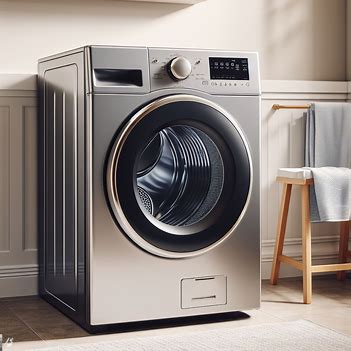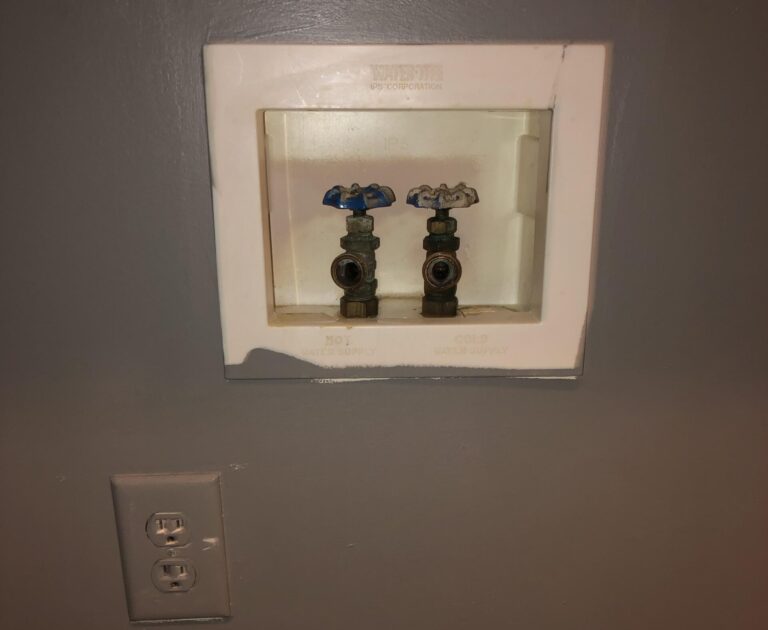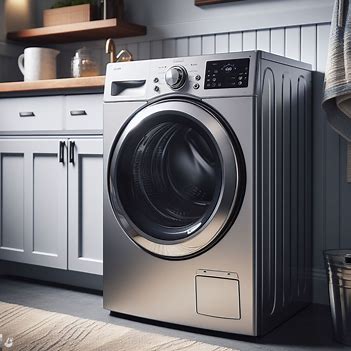Troubleshooting a Gas Dryer Not Lighting: Causes and Solutions
Gas dryers are essential appliances in modern households, providing efficient drying for laundry. Central to their functionality is the proper heating process, where a gas burner ignites to generate the necessary heat. When a gas dryer fails to light, it can disrupt the laundry routine, leading to frustration and inconvenience and that which is the same as gas dryer not heating issue.
In this article, we will explore the potential causes behind a gas dryer not lighting which can be similar to gas dryer not igniting problem, examining issues related to the gas supply, igniter, gas valve solenoids, flame sensor, and thermal fuse. We will also provide troubleshooting and repair steps, helping you identify and address the problem.
why Gas Dryer Not Lighting?
A gas dryer may not be lighting due to issues such as a malfunctioning ignitor, problems with the gas supply (turned off, leaks, or blockages), faulty gas valve solenoids, a defective flame sensor, or a blown thermal fuse. Regular maintenance, including cleaning the lint trap and ensuring proper ventilation, can help prevent these issues and ensure the efficient operation of the gas dryer. If troubleshooting these components does not resolve the problem, seeking professional assistance is recommended for a thorough diagnosis and repair.
what are Potential Causes of a Gas Dryer Not Lighting?
Gas Supply Issues
One common culprit for a non-igniting gas dryer is a problem with the gas supply. Users should verify that the gas supply is turned on, check for leaks or blockages in the gas line, and ensure the gas supply valve is fully open. In some cases you should check gas dryer shut off valve.
Igniter Problems
The igniter plays a crucial role in initiating the gas burner. Any damage or wear to the igniter can impede the heating process. Some of the problems that gas dryer igniter glows no flame that why Inspection for visible damage and the use of a multimeter to test continuity are essential steps in identifying igniter issues.
Gas Valve Solenoids
Gas valve solenoids control the gas flow to the burner, and malfunctioning solenoids can disrupt the heating process. Regular checks for damage or corrosion, along with multimeter testing, are necessary to ensure proper solenoid function.
Flame Sensor
A faulty flame sensor can prevent the dryer from heating, even if the igniter is working correctly. Users should inspect the flame sensor for dirt or debris, cleaning it gently with a soft cloth and rubbing alcohol if necessary.
Thermal Fuse
The thermal fuse safeguards the dryer from overheating, and a blown fuse can lead to a failure in heating. Visual inspection and multimeter testing help determine the thermal fuse’s condition.

what are the Troubleshooting and Repair Steps?
Gas Supply Check
- Turn off the gas supply to the dryer and inspect the gas line for leaks or blockages.
- Call a qualified technician if the gas line appears damaged for professional repair.
Igniter Inspection and Replacement
- Unplug the dryer and examine the igniter for cracks or corrosion.
- If damaged, replace the igniter following the manufacturer’s instructions.
Gas Valve Solenoid Testing and Replacement
- Unplug the dryer and use a multimeter to test the continuity of each solenoid.
- Replace any solenoid with no continuity according to the manufacturer’s guidelines.
Flame Sensor Cleaning and Replacement
- Unplug the dryer and clean the flame sensor gently with a soft cloth and rubbing alcohol.
- If the sensor remains faulty, replace it following the manufacturer’s instructions.
Thermal Fuse Inspection and Replacement
- Unplug the dryer and visually inspect the thermal fuse for damage or melting.
- Replace the blown thermal fuse according to the manufacturer’s instructions.
what are the Preventive Maintenance Tips?
- Regularly clean the lint trap to prevent lint buildup and potential overheating.
- Ensure proper dryer ventilation to prevent moisture and gas buildup.
- Periodically inspect the gas line for wear or damage.
- Schedule regular maintenance checks with a qualified technician.
By following these troubleshooting steps and implementing preventive maintenance measures, users can ensure the optimal performance of their gas dryers, minimizing the chances of heating issues and prolonging the gas dryer lifespan is important.
FAQ about gas dryer not lighting
How do I know if my gas dryer ignitor is bad?
To determine if your gas dryer ignitor is faulty, look for visual signs of damage or wear. Inspect the ignitor for cracks, burns, or corrosion. Additionally, use a multimeter to test the continuity of the ignitor. If there is no continuity, it indicates a malfunction, and the ignitor may need replacement.
Why won’t my dryer light come on?
If your gas dryer fails to light, several factors could be responsible. Check the gas supply to ensure it is turned on and that there are no leaks or blockages in the gas line. Inspect the ignitor for visible damage, and verify that the gas valve solenoids, flame sensor, and thermal fuse are all functioning correctly. Any issues with these components could lead to the dryer not lighting.
When I press the start button on my gas dryer, nothing happens?
When pressing the start button yields no response, several potential issues may be at play. Begin by checking the gas supply to ensure it is turned on and functioning correctly. If the gas supply is not the problem, inspect the ignitor, gas valve solenoids, flame sensor, and thermal fuse for any signs of damage. A malfunction in any of these components can prevent the gas dryer from initiating the drying process.
What would cause a gas dryer not to start?
Various factors can contribute to a gas dryer not starting. First, confirm that the gas supply is turned on and that there are no issues with the gas line, such as leaks or blockages. If the gas supply is in order, inspect the ignitor, gas valve solenoids, flame sensor, and thermal fuse for any issues. A malfunction in any of these components can hinder the starting process of the gas dryer.
Conclusion
Gas dryers, while efficient for drying clothes, raise concerns about safety. Understanding are gas dryers dangerous is crucial for users. Proper maintenance and adherence to safety guidelines can mitigate potential risks associated with gas-powered appliances. Regularly inspecting gas connections, ensuring adequate ventilation, and promptly addressing any issues can contribute to a safer operation.
When it comes to running a dryer empty, questions arise about its impact. Users ponder can you run a dryer empty and whether it is detrimental to the appliance. While running an empty dryer occasionally might not cause harm, doing so frequently could potentially strain certain components. It is advisable to refer to the manufacturer’s recommendations to strike a balance between convenience and appliance longevity.
In the case of an electric dryer smelling like gas, it is essential to address the issue promptly. While electric dryers don’t use gas for heating, a gas-like odor could indicate a problem. Possible causes include a malfunctioning heating element or motor. Users should turn off the dryer, disconnect it, and seek professional help to identify and rectify the issue.
In unusual cases, a bird in the dryer vent can pose a unique challenge. This situation not only hampers the dryer’s efficiency but also raises safety concerns. Birds nesting in vents can obstruct airflow, leading to overheating. Addressing this issue promptly is essential to prevent potential hazards and ensure the smooth operation of the dryer.
In conclusion, troubleshooting and addressing issues with a gas dryer that won’t light require a systematic approach. By understanding the potential causes, such as problems with the gas supply, ignitor, gas valve solenoids, flame sensor, or thermal fuse, users can take informed steps to diagnose and resolve the issue.
Remember, safety should always be a top priority when dealing with gas appliances. If you encounter challenges during the troubleshooting process or feel uncertain, it’s best to seek the assistance of a qualified technician. By following these guidelines and maintaining a proactive approach to dryer care, users can enjoy the reliable performance of their gas dryers and ensure efficient laundry routines for years to come.







